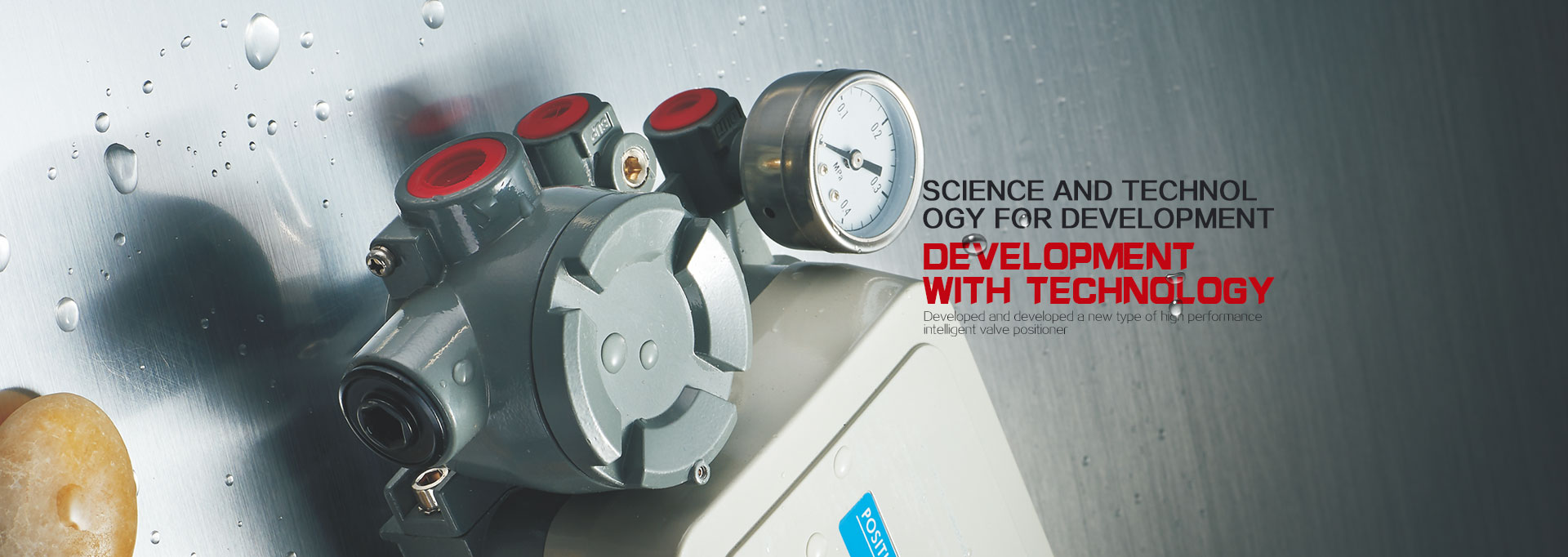What is the difference between hard seal butterfly valve and soft seal butterfly valve?
Hard seal butterfly valve refers to the "hard seal" with metal materials or other hard materials on both sides of the sealing pair. Hard seal of butterfly valve has poor sealing performance, but high temperature resistance, wear resistance and good mechanical performance. For example: steel+steel; Steel+copper; Steel+graphite; Steel+alloy steel; (The steel here may also be cast iron, cast steel, alloy steel, or surfacing and spraying alloy).
The soft sealing butterfly valve with metal materials on both sides of the sealing pair and elastic non-metallic materials on the other side is called "soft sealing". The sealing performance of this seal is good, but it is not resistant to high temperature, easy to wear and poor in mechanical properties. For example: steel+rubber; Steel+Teflon; The soft seal seat is made of non-metallic materials with certain strength, hardness and temperature resistance. It has good sealing performance and can achieve zero leakage, but its service life and adaptability to temperature are relatively poor.
The hard seal is made of metal and its sealing performance is relatively poor, although some valve manufacturers claim that it can be used as a zero-leakage butterfly valve. Soft seal cannot meet the process requirements for some corrosive materials, and hard seal butterfly valve can solve the problem. These two kinds of seals can complement each other. In terms of sealing performance, the soft seal is relatively good, but now the sealing performance of the hard seal can also meet the corresponding requirements.
The advantages of soft sealing butterfly valve are good sealing performance, while the disadvantages are easy aging, wear and short service life.
Hard seal butterfly valve has a long service life, but its sealing performance is relatively worse than that of soft seal butterfly valve.
Structural differences between hard seal butterfly valve and soft seal butterfly valve:
1. Structural differences: soft seal butterfly valves are mostly medium line butterfly valves, while hard seal butterfly valves are mostly single eccentric butterfly valves, double eccentric butterfly valves and triple eccentric butterfly valves.
2. Temperature resistance: soft seal is used in normal temperature environment. Hard seal can be used in low temperature, normal temperature, high temperature and other environments.
3. Pressure: soft seal low-pressure - atmospheric pressure, hard seal can also be used in medium-high pressure and other working conditions.
4. Sealing performance: soft sealing butterfly valve and triple eccentric hard sealing butterfly valve have good sealing performance, and triple eccentric butterfly valve can maintain good sealing under high pressure and high temperature environment.
In view of the above characteristics, the soft seal butterfly valve is applicable to the two-way opening and closing and adjustment of the ventilation and dust removal pipeline, water treatment, light industry, petroleum, chemical and other industries. Hard seal butterfly valves are mostly used in heating, gas supply, gas, oil, acid and alkali environments. With the wide use of butterfly valve, it has obvious characteristics of convenient installation, convenient maintenance and simple structure. Electric soft seal butterfly valve, pneumatic soft seal butterfly valve, hard seal butterfly valve, etc. are starting to replace electric gate valve, stop valve, etc. in more and more occasions.







